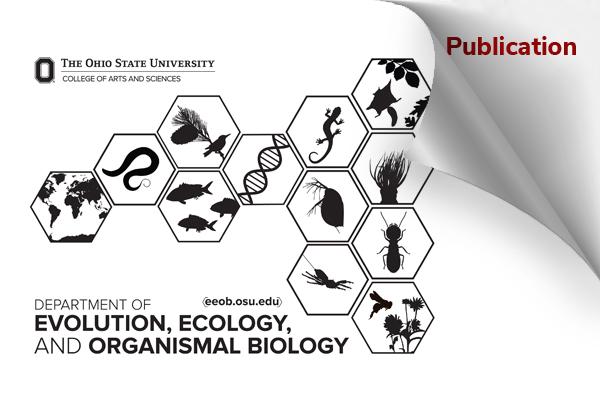EEOB Publication - Sivakoff

When can we expect natural habitats to enhance pest control by generalist predators? Insights from a simple, simulated agricultural landscape
Andrew Corbett, Jay A. Rosenheim, Frances Sivakoff. Biological Control, Volume 191, April 2024, 105463. Link to article.
Abstract
Many field studies have reported that natural habitats in the agricultural landscape are associated with increased predator abundance and/or decreased crop pest load. However, recently published meta-analyses have found mixed results, with natural habitats being associated with increased pest loads as often as decreased loads. We investigate possible reasons for these conflicting results using a mechanistic model that simulates the dynamics of a generalist, omnivorous predatory bug and a plant bug pest in a landscape consisting of a 1 km2 annual field crop monoculture bisected by a 60 m wide natural habitat strip. The model simulates the movement of adult predators in the landscape via both trivial movement and long-distance dispersal, along with the movement of energy and egg reserves carried by those predators. We simulate multiple scenarios varying the presence or absence of floral resources and alternate prey in the natural habitat and crop, and the presence or absence of overwintering refuges for the predator and pest insect in the natural habitat. Food resources provided to the predator by the natural habitat did not enhance natural control in adjacent crops. When the natural habitat served as an overwintering refuge for predators, natural control of pests was enhanced if food resources were available in the crop for those predators. Availability of alternate prey was more important to the predator than floral resources. Early-season crop pest loads were always increased when pest insects overwintered in the natural habitat, however early-season availability of pest insects enhanced natural control across the whole-season. Overall, crop pest loads were highly variable across simulation scenarios, reproducing the conflicting results from field research.
